While the idea of snagging a house in Italy for a symbolic €1 sounds too good to be true, these schemes are very real, particularly in Sicily. Towns like Mussomeli, Calatafimi, Segesta, Augusta, Sambuca, and Caltagirone are all offering these abandoned properties at rock-bottom prices.
However, there's more to the story than just the headline. The €1 price tag is just the beginning, as renovations to bring these often-dilapidated properties up to code can be extensive and expensive.
My name is Max Strano. I am an architect based in Sicily, specialising in residential, hospitality, and renovation projects. I spent many years abroad working as an architect in various countries. In the end, I returned to Sicily in search of life's essential values. I have had a lot of experience renovating properties in Sicily and can, therefore, share with you the potential benefits and pitfalls of 1€ renovation projects in Sicily.
Secure Peace of Mind with Best-Value International Health Coverage
International Citizens Insurance provide free, no-obligation quotes from the leading international health insurance providers with plans tailored to meet your needs. Trusted by thousands of expats worldwide.
A dream come true or a gamble?
The 1€ houses are abandoned and dilapidated properties in small, decentralized villages, made available for sale by the local administration, acting as an intermediary, with the aim to be renovated.
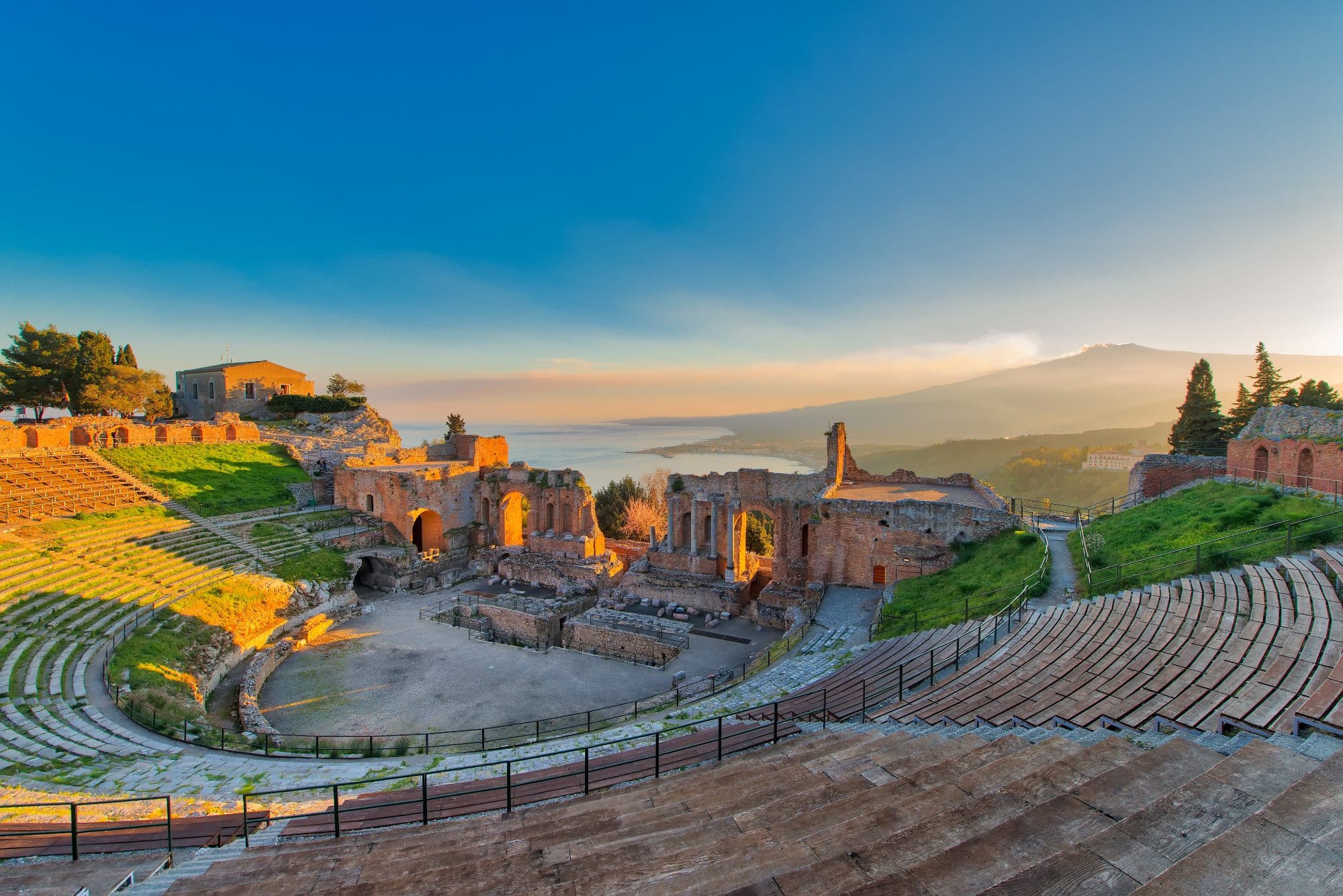
Southern Italy and Sicily, in particular, offer a lot of 1€ houses for renovation projects.
If you dream of a home in a unique place away from stress and hectic life and don’t want to spend a fortune on real estate, the 1€ house project represents a tempting opportunity. You will even get prioritised by the local authorities if you will be moving permanently into your renovated property.
However, this doesn't happen very often, as these are remote, isolated towns and villages, not very well equipped for modern living.
Indeed, it's rumoured that this is a unique opportunity for young couples to buy an affordable residential home where they can live. I don't know what young couple, perhaps wanting to have children, would decide to live in a medieval town perched on a mountain, kilometers away from the nearest available cinema.
It's also worth remembering that those "affordable costs" relate to the purchase, leaving out the renovation costs, which are often significant, especially for medium/large properties.
No doubt, buying a house for one euro sounds incredibly attractive. But if you hope to spend 1€ for a house and then a bit more on top to make it livable, this is not the case. You can buy a ruin for just €1, but the renovation costs could easily reach the price of a regular house.
Moreover, the buying process is tricky, rules and requirements are not easy to follow, and deadlines loom. The best thing you can do is hire a qualified professional to help you navigate the process.
What sort of properties are usually offered?
The properties on offer are often ones owners want to offload because the taxes are higher than the property's value, or they are unsafe with unjustifiable repair costs, or they are small and co-owned by multiple inheritors.
I want to be clear here: do not expect luxury villas with swimming pools or mansions with frescoed ceilings and halls fit for a baron! When you buy a house for 1€, you buy a house worth 1€.
From red carpet to red tape: celebrities tackle the €1 house challenge
Over the past few years, many international stars have purchased properties in Italy, some participating in the "1€ house" tenders. Among these is the example of Lorraine Bracco, a Hollywood star (Goodfellas) who bought and renovated a house in Sambuca di Sicilia.
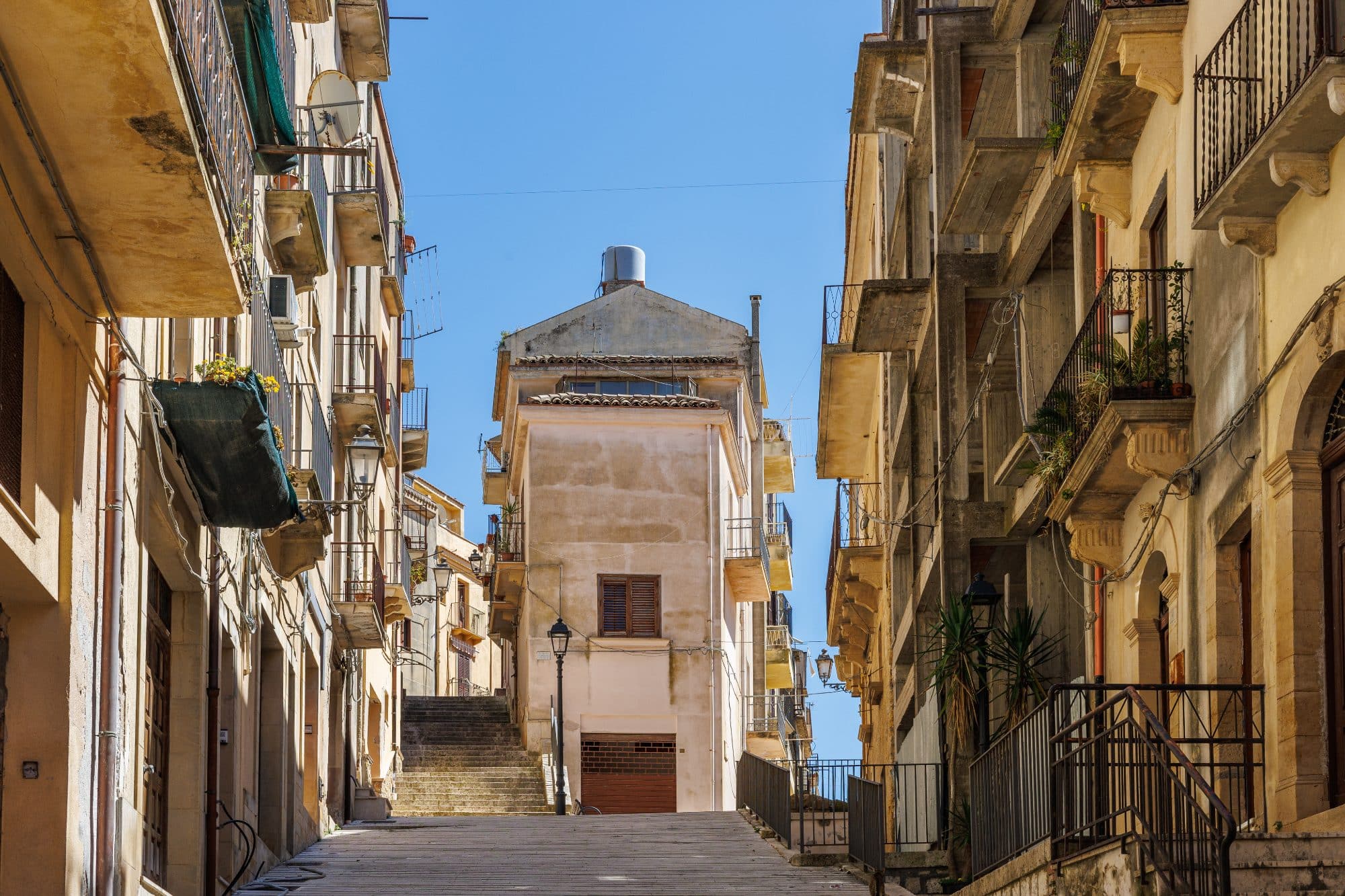
It is also known that Airbnb has acquired a property in Sambuca to turn it into a vacation home. I personally visited the property renovated by Airbnb, and I can say that assuming it was purchased for 1 euro to make it attractive for tourism purposes, they certainly spared no expense in choosing the interventions and finishes during the renovation.
Another famous experience told on TV is that of Amanda Holden, a British television presenter, who bought in Salemi, Sicily, and recounted her renovation experience in a BBC TV series, "The Italian Job," with Alan Carr. It's a funny comedy that tells, with a lot of poetic license, all the bitter and sweet steps of a renovation done in an unknown land, with unknown techniques and workers who don't speak English.
I renew the invitation to rely on professionals who know how to do their job, speak your language, and are well acquainted with the fiscal, construction, and urban planning procedures of the territory where you want to buy the house.
1€ houses in Sicily
In Sicily, many municipalities have already offered houses for one euro, and many others are ready to start. Here are some towns in Sicily that have already joined the initiative:
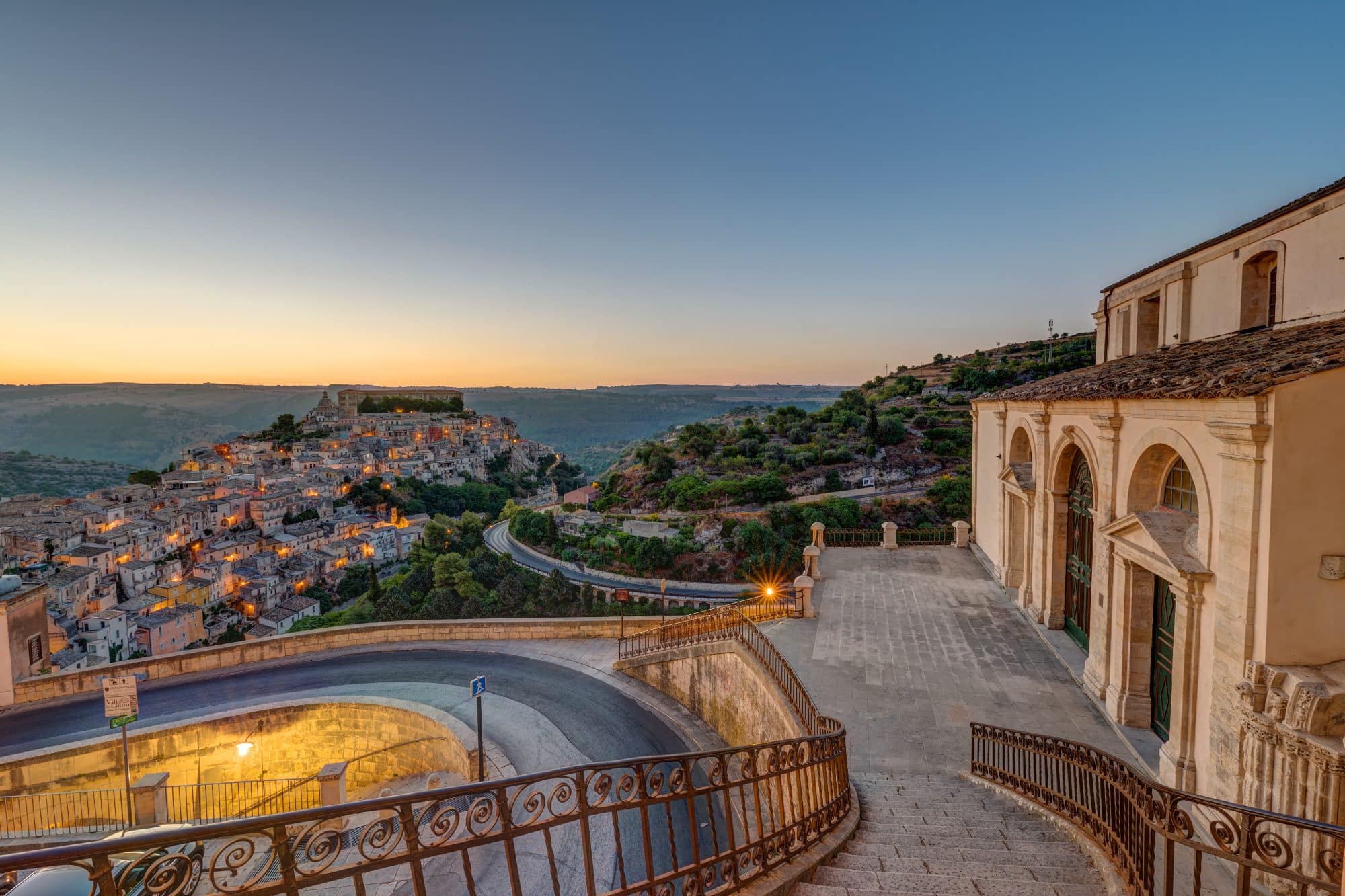
Agrigento: Bivona, Cammarata, Canicattì, Grotte, Palma di Montechiaro, Racalmuto, Sambuca di Sicilia, San Biagio Platani,
Caltanissetta: Mussomeli, San Cataldo, Serradifalco
Catania: Caltagirone, Castiglione di Sicilia
Enna: Leonforte, Piazza Armerina, Regalbuto, Troina, Valguarnera Caropepe
Messina: Castel di Lucio, Itala, Pettineo, San Piero Patti, Saponara
Palermo: Corleone, Gangi, Petralia Soprana, Termini Imerese
Siracusa: Augusta
Trapani: Calatafimi Segesta, Salemi
The process
When the call for applications is published, interested parties can contact the relevant municipality and submit the application for purchase.
Some municipalities require the buyer to visit the area and the property before purchase. We always recommend you visit personally and contact professionals, lawyers, and local technicians to assist with document verification from the very start. It is an expense, of course, but it will save you many more costly surprises in the future.
Documents to submit with the application:
- Personal details and identity documents.
- Description of the intended project and purposes.
- Declaration of commitment to complete the procedure and bear all necessary expenses.
To proceed with the acquisition of the property, the following requirements need to be met:
- Some municipalities require a bank deposit of €5,000 for 3 years to guarantee that all expenses for the transfer of the property are covered
- The buyer must submit a renovation project for the property within 1 year of the purchase, start the work within 2 months, and complete it within 3 years.
- In some cases, buyers may be required to take out insurance for the entire duration of the work.
- In some municipalities, it is not possible to sell the property within 3 or 5 years from the completion of the renovation, as the property must be used for temporary or permanent residence purposes.
- Finally, local workers must be used for the renovations.
For more details on how the property purchase process works in Italy, read our guide on buying a property in Italy as a foreigner.
Fees and expenses
Deed and property registration fees. If you do not own any other properties worldwide, the registration fees amount to 3% of the cadastral value plus the notary’s fee. If you already own other properties, the expenses are 9% of the cadastral value of the property.
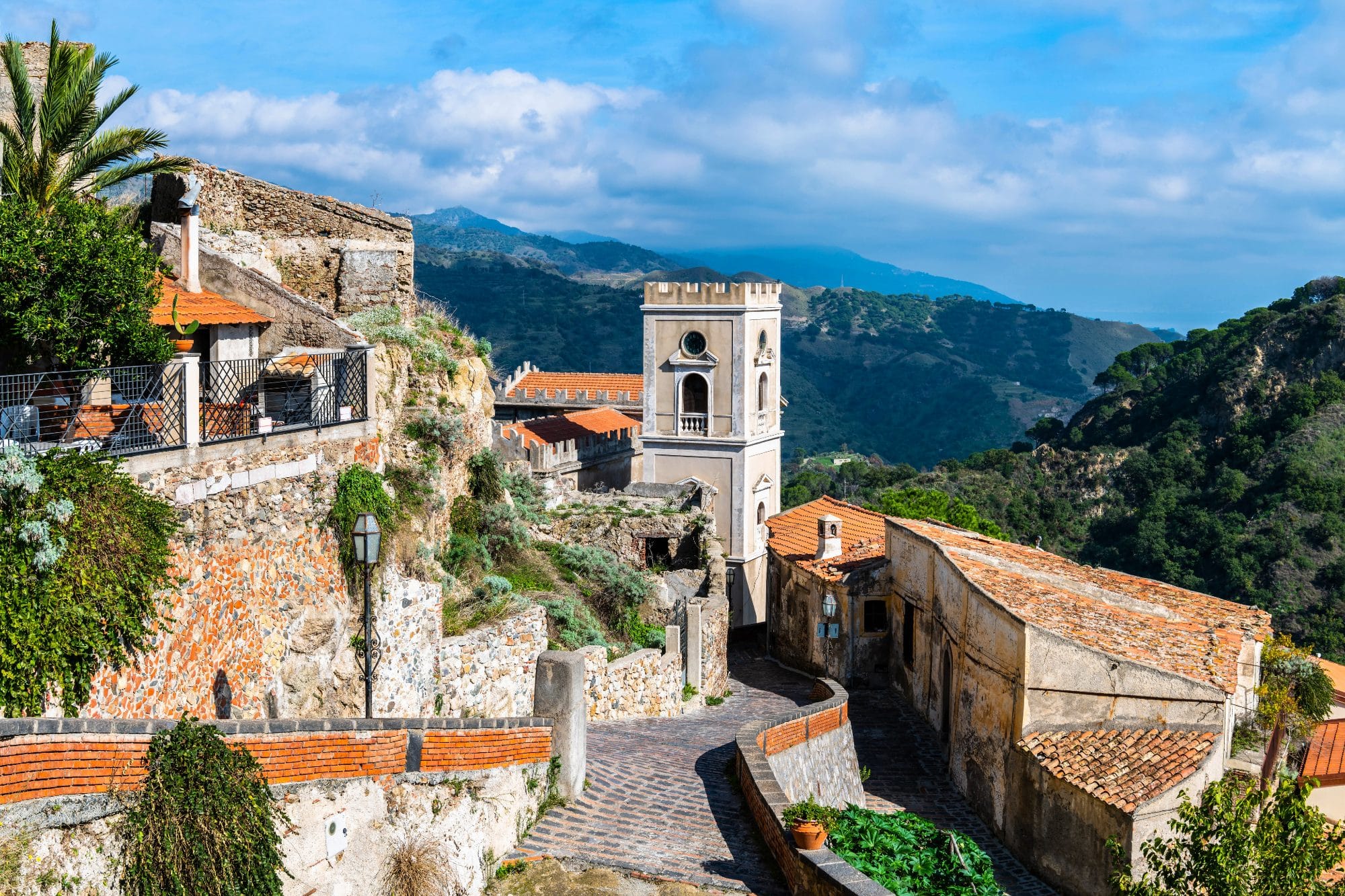
Cadastral registration fees. For non-residents and second-home buyers, it’s 1% of the cadastral value.
If the property is not regular, there will be expenses to regularise it. Minor irregularities can be resolved simply with a CILA “in sanatoria” (a notice you must submit to the municipality prior to undertaking non-routine work on a property) and the payment of a fine of €1,000 plus payment of approximately €200 for stamps and taxes.
Major irregularities such as changes in the facade and windows, need a SCIA “in sanatoria”, a more complex list of documents and certifications.
Please note: Regularising a property is generally not easy, and when you purchase a property, you inherit all of its irregularities regardless of whether you are aware of them or not. Consequently, you are responsible for any regularisation and potential legal issues.
I recommend hiring an architect or geometra to verify the "stato legittimo" (legal status) of the property. If the seller does not provide this, it's wiser to invest a few euros in obtaining the certificate rather than risking the purchase of an illegal property.
Renovation
Once the property is purchased, the renovation process will start. The game becomes serious.
Before starting the renovation project, make sure the property is "legitimate." As mentioned earlier, you must ensure that the property was built with the necessary permits or that it was built before the urban planning laws came into effect, and no modifications have been made subsequently.
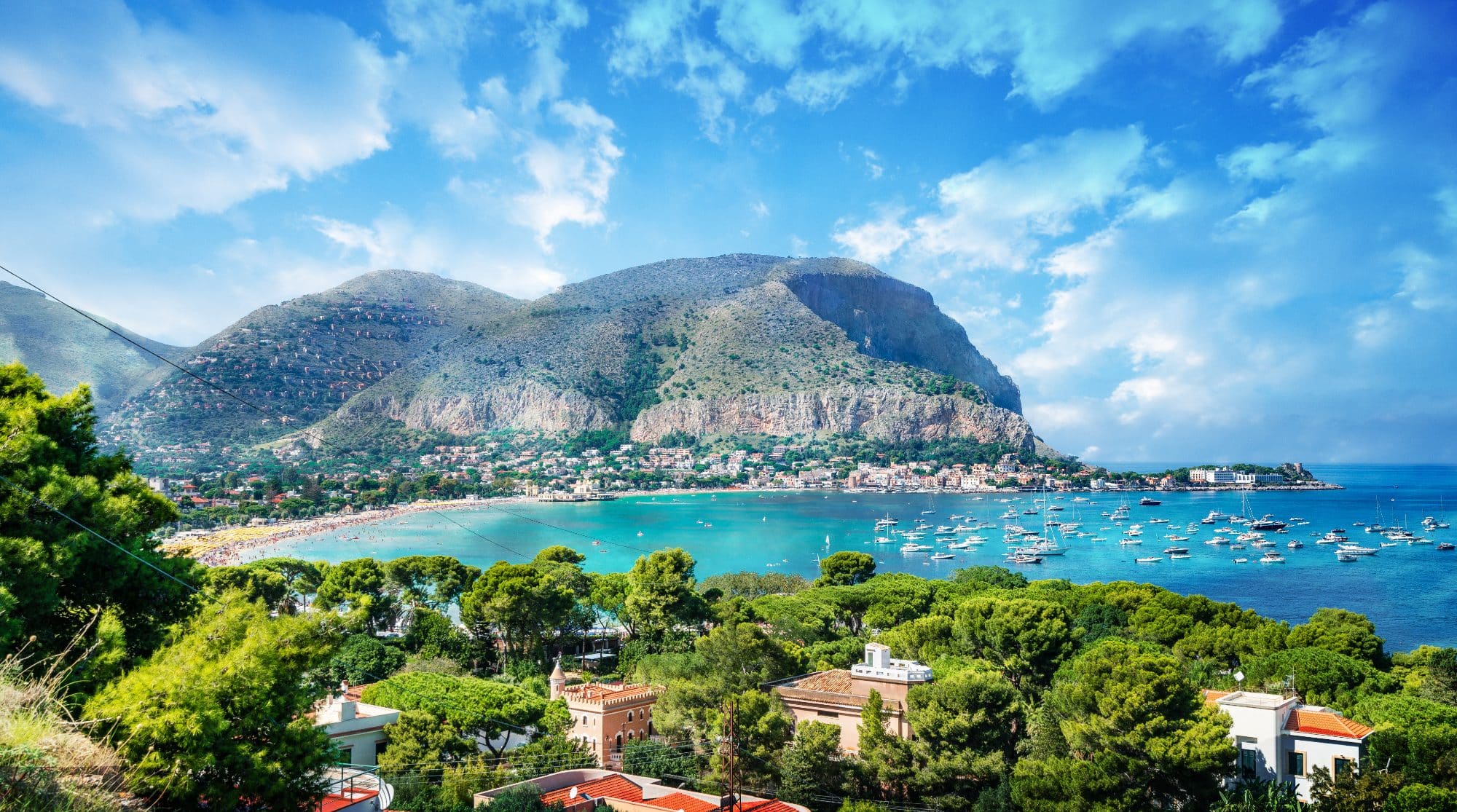
If modifications have been made, they must have been made with the necessary authorizations. This is not an easy task, so the advice of a qualified technician is vital.
The main renovation interventions can fall into the following categories:
Manutenzione Ordinaria, Ordinary maintenance - minor works that do not modify the property: painting, floor replacement, terrace waterproofing, minor roof interventions.
Manutenzione Straordinaria, Extraordinary maintenance - more substantial works that can modify the property, such as system refurbishment, roof replacement, property division, structural renewal, window replacement, external plastering, elevator installation, photovoltaic panel installation, stair refurbishment, replacement of damaged floor slabs.
Ristrutturazione Edilizia, Building renovation - all interventions that can completely transform the property, resulting in a partially or completely different property from the previous one: changing facades, changing window openings, transforming the roof from a roof to a terrace, seismic upgrades, increasing the volume (if allowed), up to demolition and reconstruction of the property.
Properties located in historical contexts are an exception, as only ordinary maintenance interventions are allowed. Most planning rules do not permit demolition and reconstruction in historical centers, and the silhouette, facades, and size of the buildings in historical centers cannot be changed. Any structural work in Sicily needs a specific permit and a structural survey report by an engineer.
Permits
Before starting a renovation project, have the property surveyed and checked to see what work needs to be done. This will help you figure out which permits and approvals you need to get and when to apply for them.
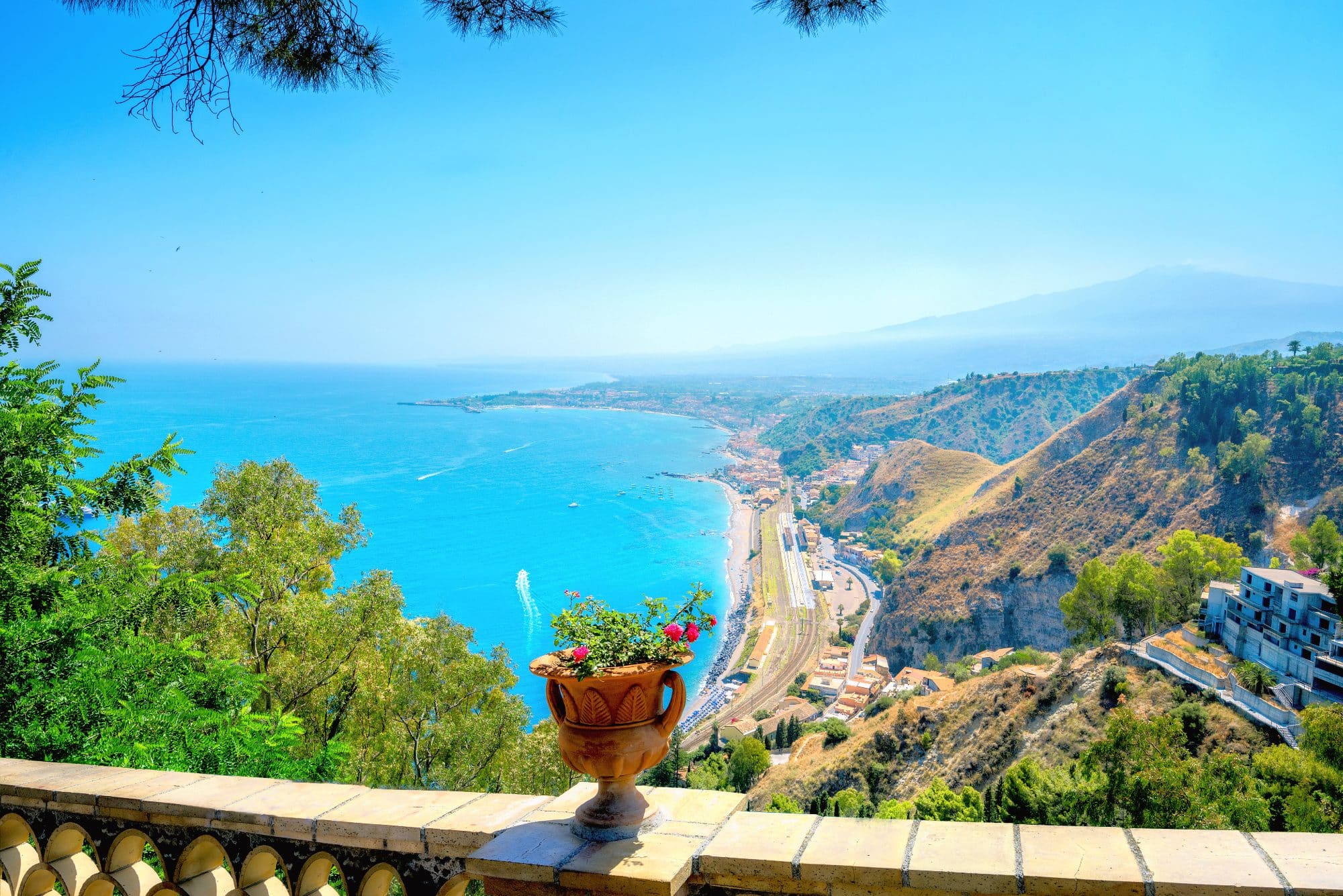
For significant interventions, we will certainly have dealings with:
- Ufficio Urbanistica, The Urban Planning office of the municipality where the property is located.
- Genio Civile, the Structure Engineering office, which is responsible for receiving and/or validating the structural project.
- Sovrintendenza, which must provide an opinion if the property is directly protected or falls within a protected area (nature reserve, near the coast, in archaeological areas, mountain areas, etc.) or in a historic center.
The costs
Renovation costs are a variable that is never easy to standardize: it depends on the condition of the property, accessibility, the ease of organizing the construction site, the type of interventions to be done, and the level of finish.
Based on my experience, for properties in historical contexts, such as those usually sold for one euro, I would consider the following costs:
| Intervention type | Cost per sq metre |
| ordinary maintenance | € 400-500 |
| extraordinary maintenance | €700-800 |
| building renovation | Over €1000 |
Renovation costs in Sicily, source: Bureau69
However, these are approximate figures and certainly do not represent a guideline.
In renovation expenses, do not forget to include some costs that are often overlooked:
- Professional fees (architects, engineers, etc.) must be paid for the work done in most cases.
- VAT, which is normally 22% in Italy.
- Final certifications of the works: Cadastral variation (approximately €500-1000) and Certified Notification of Habitability (approximately €1000 for small properties).
- Contingencies: approximately 15% for works on existing historical properties in less than optimal conditions.
Final thoughts on 1€ houses
Yes, surely, 1€ houses project offers a chance, but remember: "All that glitters isn't gold." Renovations can be costly, and deadlines strict.
Carefully analyze the property, location, and hidden costs before diving in.
Consider other options, you might find a better fit for less hassle. Sicily offers affordable properties along the seaside, in the countryside, and on Mount Etna, Europe's largest volcano, where the soil is rich, wine is good, and olive oil is gold. There, you can ski in the winter, overlooking the Ionian Sea.
While the €1 house scheme is a clever marketing strategy to clear abandoned properties and improve safety, as an architect, I believe it falls short of being a long-term urban and social solution.
All this sounds poetic and romantic, but in my opinion, repopulating towns requires addressing underlying social and infrastructure issues, not just offering cheap houses.
You might find useful:
- All About Living In Sicily
- The Pros And Cons Of Buying Property In Sicily
- Living In Italy As An Expat - visas, residency, healthcare, etc.
- Best Places To Live In Italy
Secure Peace of Mind with Best-Value International Health Coverage
International Citizens Insurance provide free, no-obligation quotes from the leading international health insurance providers with plans tailored to meet your needs. Trusted by thousands of expats worldwide.







